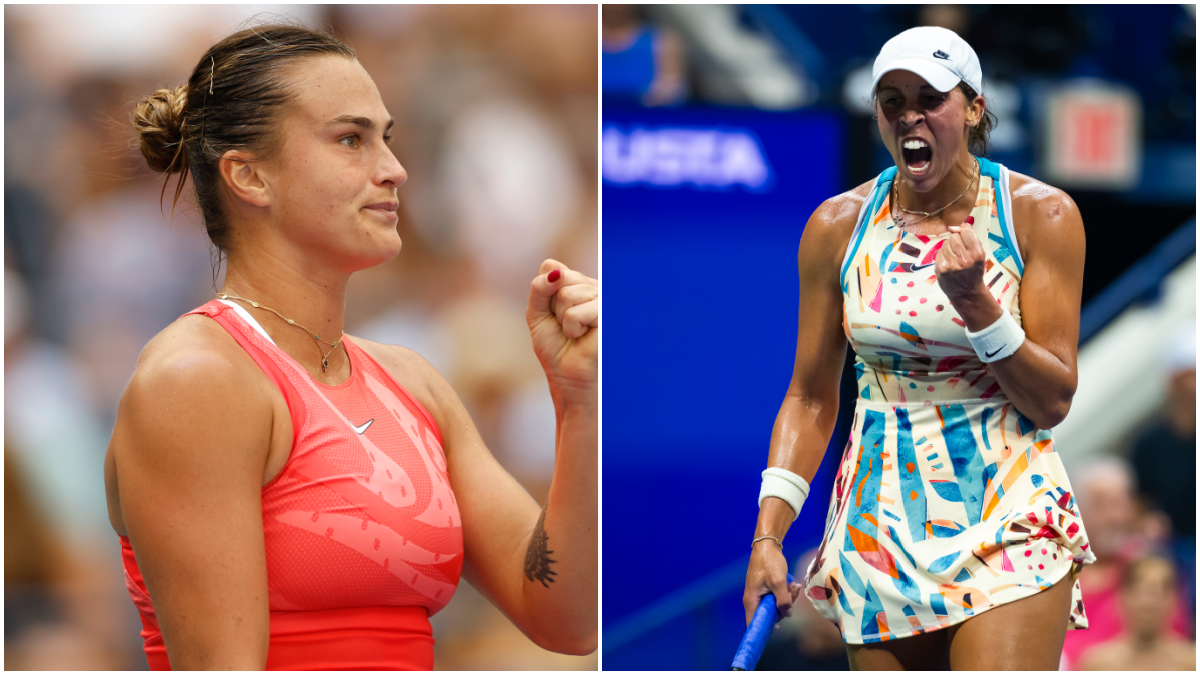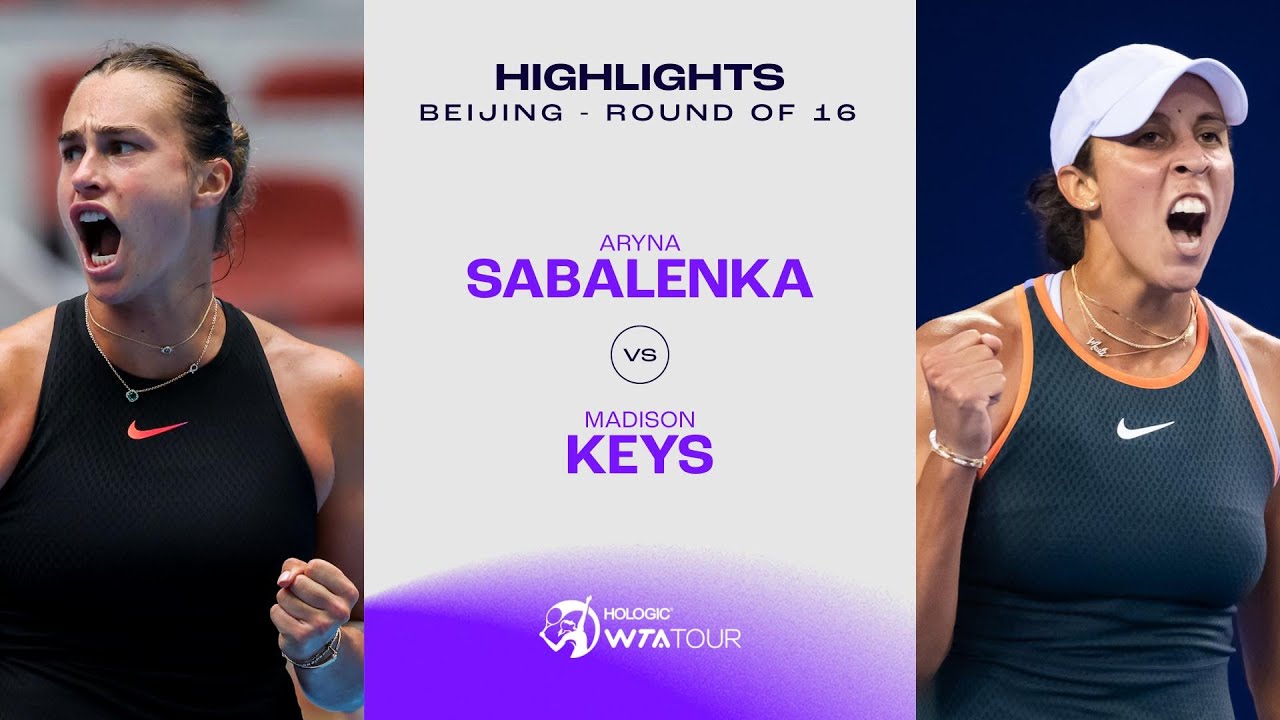Alright, so I’ve been messing around with some tennis data, specifically looking at Aryna Sabalenka’s matches. The goal? To see if I could predict her performance based on her past games. It sounded like a fun little project, so I dove right in.

Gathering the Data
First things first, I needed data. I grabbed a bunch of Sabalenka’s match results from the past couple of years. This included stuff like who she played against, the scores, the tournament, the surface – you know, all the usual details. It was a bit of a pain to collect and clean up, but hey, that’s part of the process, right?
Figuring Out the ‘Keys’
Now, the real question was: what are the “keys” to predicting Sabalenka’s performance? I started by looking at some obvious factors. Things like her opponent’s ranking, whether the match was on hard court, grass, or clay, and how far she was into the tournament. I figured these would be pretty important. But I also wanted to get a bit deeper.
- Serving Performance: I checked out stats like her first serve percentage and the percentage of points she won on her first and second serves. Sabalenka’s serve is a huge weapon, so this seemed crucial.
- Return Game: How well she was returning serve was another thing I looked at. I calculated things like the percentage of return points won and break points converted.
- Recent Form: I thought maybe her recent performance would be a good indicator. So I looked at her win-loss record in the last few matches leading up to the one I was trying to predict.
Building the Model
With all this data, I threw together a simple prediction model. Now, I’m no data scientist, so I just used some basic stuff – nothing too fancy. The idea was to train the model on some of Sabalenka’s past matches and then see if it could predict the outcome of future matches. I mean, I’m not a wizard, just for fun.
Testing It Out
This was the fun part. I fed the model some new match data and let it make its predictions. And guess what? It wasn’t half bad! It got some right, it got some wrong, but overall, it was doing a decent job. It definitely seemed like those “keys” I identified were playing a role in Sabalenka’s performance. Of course, tennis is unpredictable, so it wasn’t perfect. But it was still pretty cool to see.
What I Learned
So, what did I learn from all this? Well, first off, predicting sports is hard! There are so many factors at play, and even the best players have their off days. But I also saw that certain things do seem to matter. Sabalenka’s serve, her return game, her opponent’s level – these all play a big part in whether she wins or loses. And maybe, just maybe, with enough data and a good enough model, you can get a little bit better at predicting what’s going to happen. It’s a fun thing, right?

Anyway, that’s my little adventure into the world of tennis predictions. It was a fun project, and I learned a thing or two along the way. Who knows, maybe I’ll try to refine the model further, or maybe I’ll move on to predicting something else entirely. The possibilities are endless!









